Groundseesaw Seochon (그라운드시소 서촌)
1.7Km 2024-04-19
Jahamun-ro 6-gil 18-8, Jongno-gu, Seúl
Barrio Seochon (서촌마을)
1.7Km 2024-04-18
Pirun-daero 45, Jongno-gu, Seúl.
Appe Seoul (아뻬서울)
1.7Km 2021-03-24
1, Changgyeonggung-ro, 35na-gil, Jongno-gu, Seoul
+82-10-7390-8742
You can eat honey cake that you cannot enjoy anywhere else. This cafe is located in Jongno-gu, Seoul. The representative menu is coffee.
Namsan saenggogijip (남산생고기집)
1.7Km 2021-03-22
21, Toegye-ro, 20-gil, Jung-gu, Seoul
+82-2-3789-9721
A hidden restaurant frequented by locals in Myeong-dong. This restaurant's signature menu is grilled pork belly. This Korean dishes restaurant is located in Jung-gu, Seoul.
Nunnamujip (눈나무집)
1.7Km 2020-06-16
136-1, Samcheong-ro, Jongno-gu, Seoul
+82-2-739-6742
Nunnamujip is famous for a North Korean dish called, “Kimchi mari guksu”, which is a noodle dish in cold kimchi soup containing toasted laver, a boiled egg, and sesame. The soup is refreshingly cold and a little spicy. For “Kimchi mari bap”, a bowl of rice is put into cold kimchi soup instead of noodles. The taste is very unique. In addition to Kimchimari, “Tteokgalbi” is a popular dish on the menu as well.
The main restaurant is located in the basement, which has only limited seating capacity with a few tables. As a result, many people usually wait in line for lunch or dinner. A second franchise has opened in a three-story building across the street. To enjoy a quaint atmosphere, the first establishment is better, but the new one’s interior design is much more modern and fancier, giving it a fresh altering look.
Hangeureut (한그릇)
1.7Km 2021-03-18
136, Samcheong-ro, Jongno-gu, Seoul
+82-2-720-5613
A store that also serves delicious meat noodles. The best menu at this restaurant is rice soup. This is a Korean cuisine located in Jongno, Seoul.
Darakjeong (다락정)
1.7Km 2021-03-26
131-1, Samcheong-ro, Jongno-gu, Seoul
+82-2-725-1697
Darakjeong has been popular for a long time because of the simple taste of its traditional Mandu (Korean stuffed dumpling). Since its opening in 1991, tasty soup and scrumptious Mandu have been served. A fist-sized Mandu is fully packed with seasoned meat, bean-curd, and various vegetables. Its thick dough makes it chewy and delightful. For one person, “Manduguk”(boiled dumpling soup) is a good choice. The delicious and nourishing taste of Mandu goes well with the sweet, spicy, and fresh taste of the soup. Manduguk is served in a brass bowl which keeps the food warm while eating. For a large-size group, “Mandujeongol” cooked with various vegetables in a casserole is recommended. There are two types of Mandujeongol that have different tastes. The main characteristic of “Kimchi Mandujeongol” is its spicy flavor, which reminds people of the refreshing taste of Kimchi soup, and “Tojang Mandujeongol” expounds on the savory taste of bean-paste soup. Tojang means folk soybean-paste. “Nokdujeon”(a Korean pan-fried dish with green mung bean) is another famous dish at Darakjeong, which is pan-fried with a very light seasoning to emphasize the original taste of Nokdu (green mung bean). Salted oysters with hot pepper are served with Nokdujeon instead of soy sauce, which is a perfect match.
Starbucks - Byeoldabang (스타벅스 별다방)
1.7Km 2024-12-27
Toegye-ro 100, Jung-gu, Seúl
Su nombre, Byeoldabang, toma las palabras byeol ("estrella", en coreano) y dabang (un tipo de antigua taberna coreana, donde se solían consumir bebidas y charlar) se ubica en pleno centro urbano de Seúl y se abrió para celebrar el vigesimosegundo aniversario de la fundación de Starbucks Korea. Aquí se venden café de tipo reserva y alimentos elaborados bajo conceptos novedosos. Uno de sus principales atractivos es su entorno digital y sus vídeos creativos difundidos en el interior del local que atraen a numerosos visitantes. Así, se puede apreciar El viaje de la sirena, donde se ve el derrotero de una sirena que lleva el mensaje del café por el mar, durante el día y la noche.
Palacio Deoksugung (덕수궁)
1.7Km 2025-04-07
Sejong-daero 99, Jung-gu, Seúl
Situado en la esquina de la intersección de calles más atestadas del microcentro de Seúl, el palacio Deoksugung es, entre otras cosas, famoso por su elegante sendero junto a un muro de piedra. Por ser el único palacio que se erige junto a construcciones modernas, añade singularidad al paisaje.
El palacio Deoksugung perteneció originalmente al príncipe Wolsandaegun (1454-1488), el hermano mayor del rey Seongjong (1469-1494) de la dinastía Joseon. El lugar fue ascendido a la categoría de palacio propiamente dicho cuando Gwanghaegun (1575-1641) ascendió al trono y le dio a la construcción el nombre de palacio Gyeongungung en 1611. Con posterioridad, el nombre cambió a Deoksugung.
Entrando al palacio a través de la puerta Daehanmun aparece el estanque Geumcheon con el puente Geumcheongyo, de suficiente ancho como para que pasara el carruaje del monarca. El pabellón Jeukjodang fue denominado así por Gwanghaegun e Injo, ambos monarcas que fueron coronados en este lugar. El letrero frontal de Jeukjodang fue escrito por el emperador Gojong en 1905 después de que ascendiera al trono. Hamnyeongjeon fue el sitio en que Gojong dormía y Hamnyeong fue denominado de esa manera para desear que Gojong tuviera paz eterna. El Ala Este servía como la habitación del monarca y el Ala Oeste, de la Reina. Jeonggwanheon fue el primer edificio de estilo occidental construido dentro del palacio, en 1900. Gojong disfrutaba beber café y pasar su tiempo de ocio aquí. En la parte trasera del edificio había, y hay aún hoy en día, pasajes secretos a la Residencia Oficial del Emisario Ruso. Seokjojeon es el otro edificio de arquitectura occidental que permanece todavía hasta el presente dentro del palacio, que estaba siendo construido por un inglés para su compañía en 1905, pero después pasó a manos del gobierno japonés que lo acabó de edificar en 1910.
Después del fallecimiento de Gojong, Seokjojeon se convirtió en una galería de arte japonés y abrió sus puertas al público, y después de la Liberación, la Comisión Conjunta de EE.UU. y Rusia tuvo lugar aquí en mayo de 1946. El Ala Este de la edificación Seokjogwan sirve ahora como sede de Exhibición de los Tesoros del Palacio, y el Ala Oeste se usa como parte integrante del Museo Nacional de Arte Contemporáneo.
Jeonju Hoegwan (전주회관)
1.7Km 2019-08-31
32-1, Sejong-daero 14-gil, Jung-gu, Seoul
82-2-778-6689
Well-known among both Koreans and foreigners, this restaurant has been specializing in traditional Korean dishes for more than 50 years. Its gopdol bibimbap is patented and also the most popular dish in the restaurant.

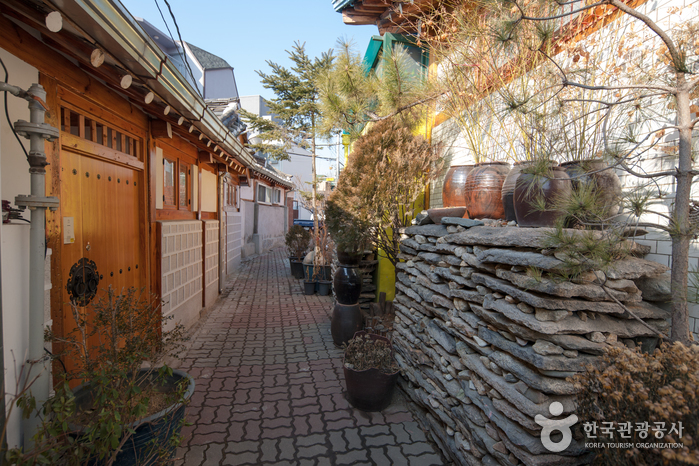
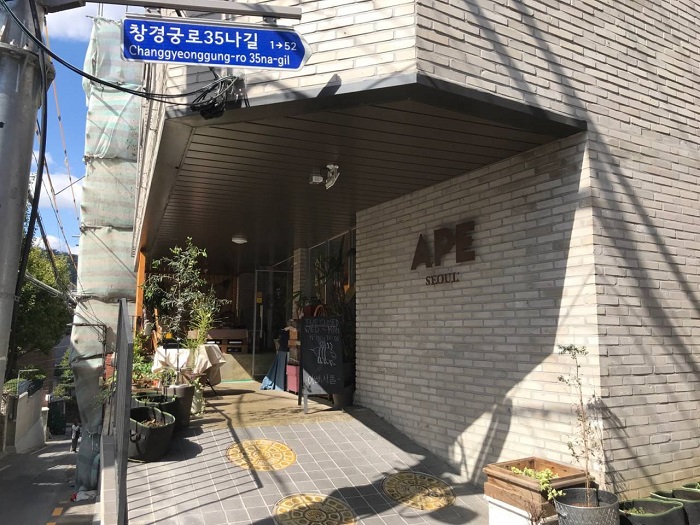
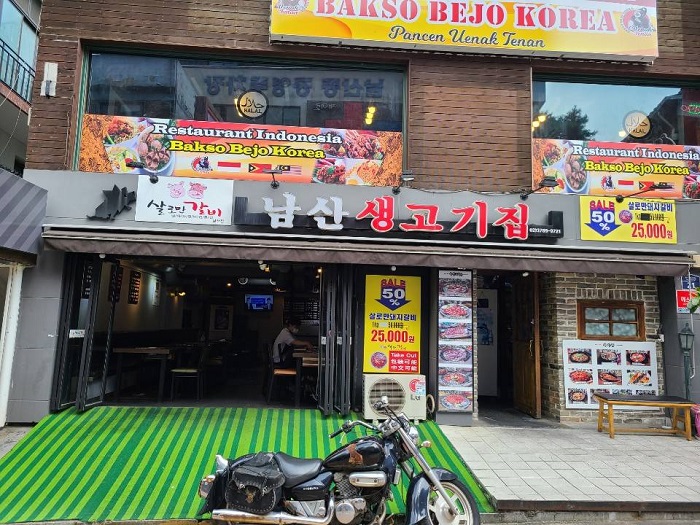
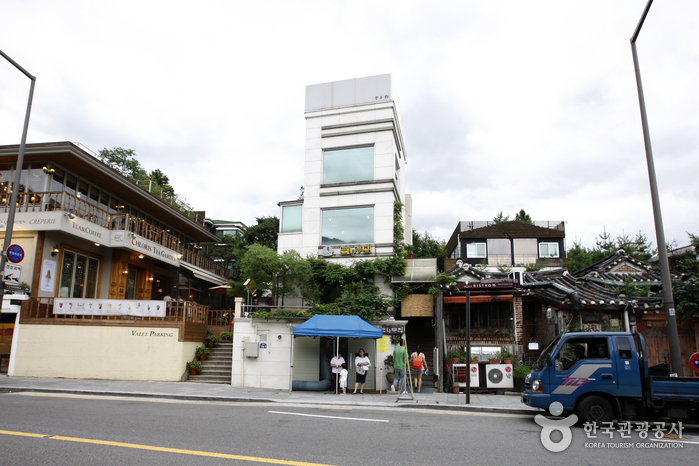
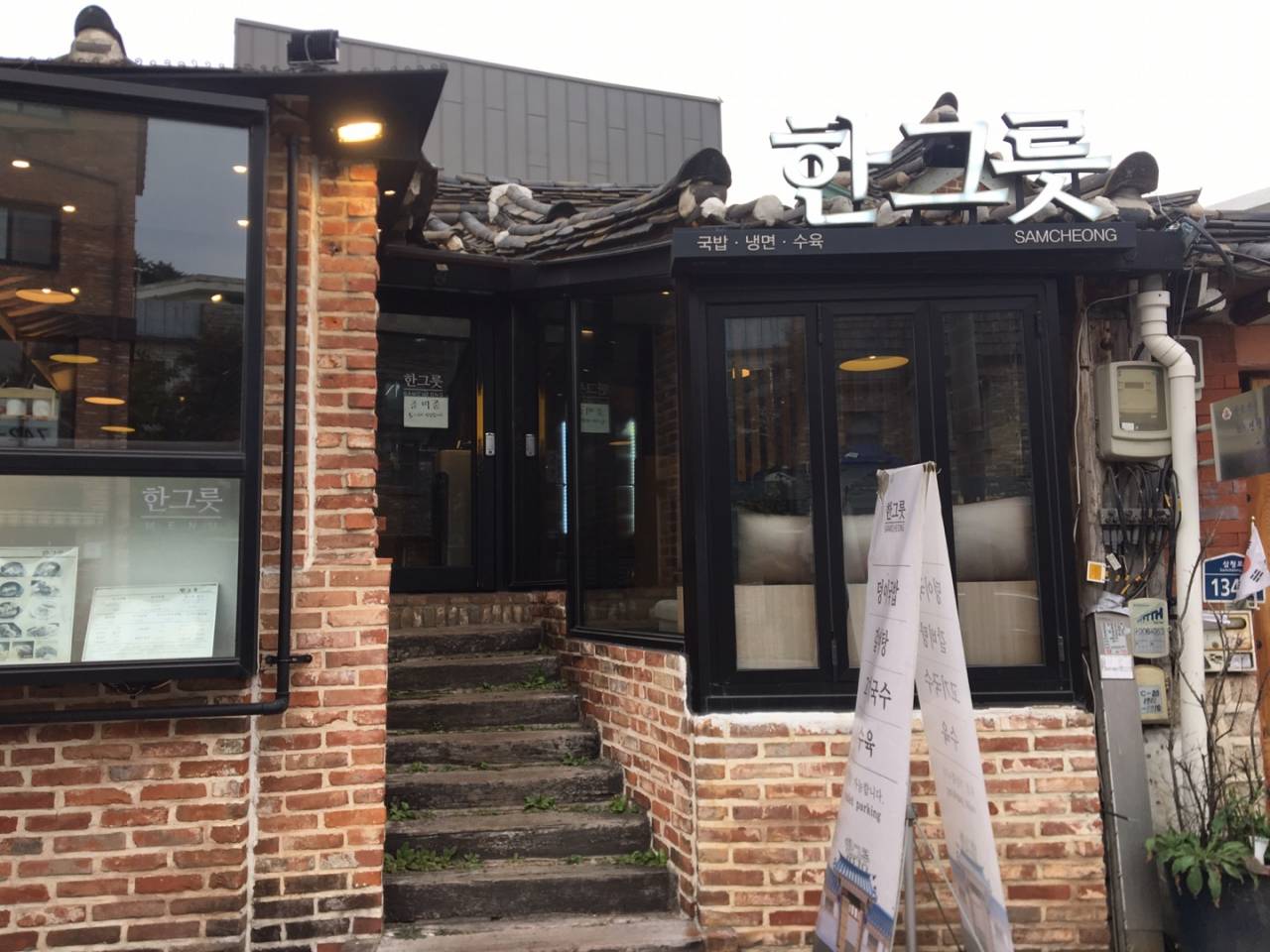

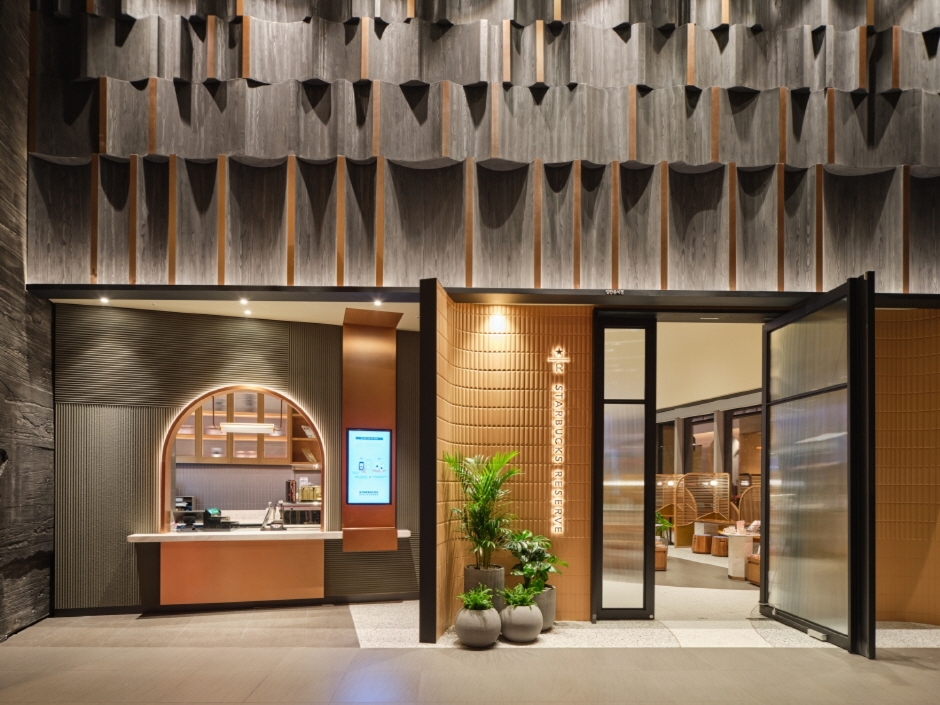
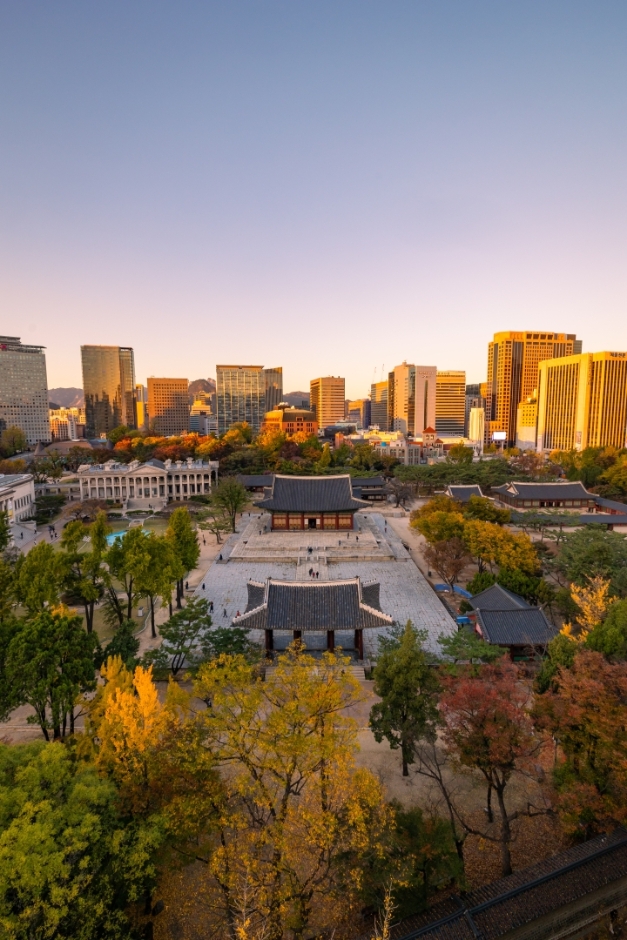
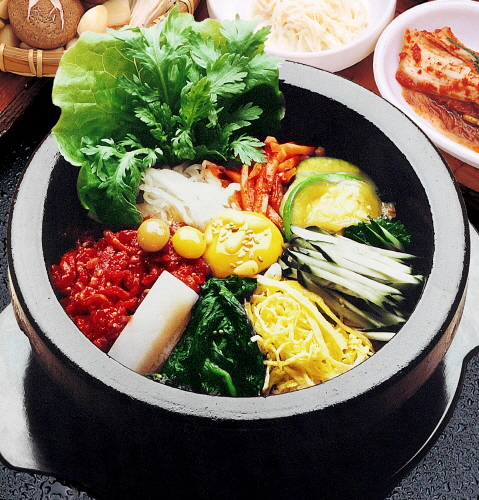
 Español
Español
 한국어
한국어 English
English 日本語
日本語 中文(简体)
中文(简体) Deutsch
Deutsch Français
Français Русский
Русский